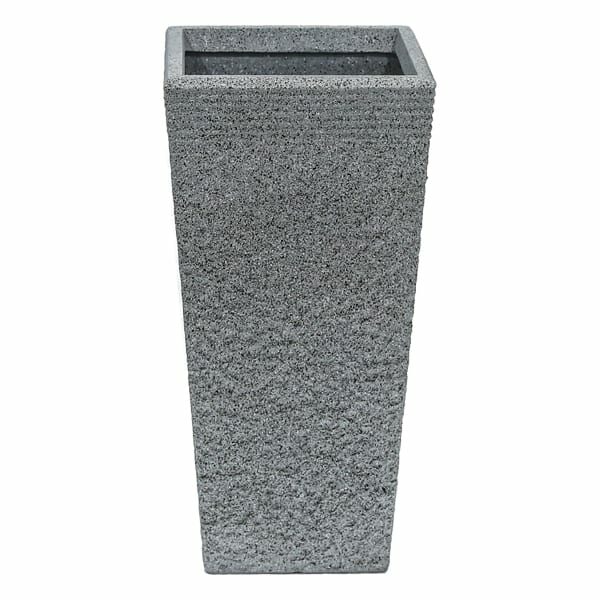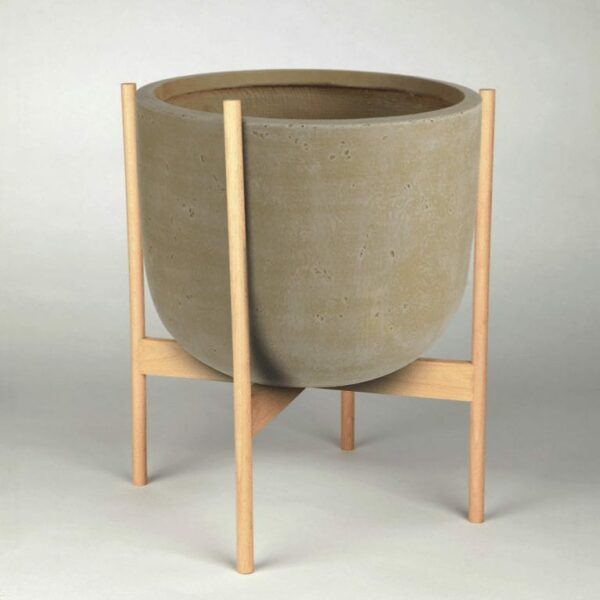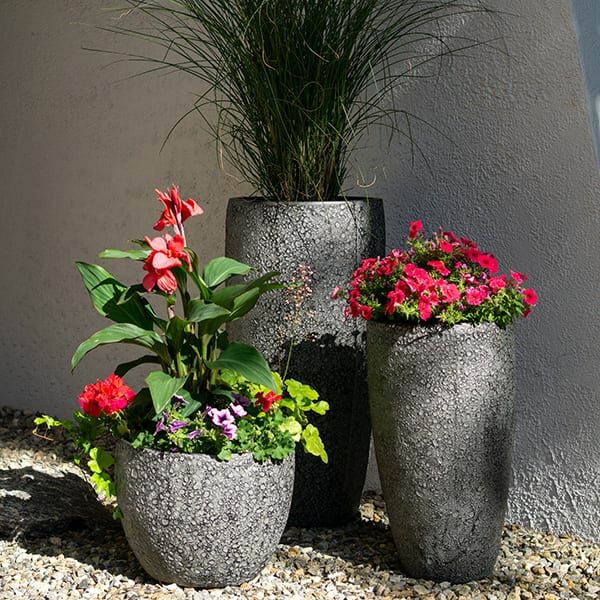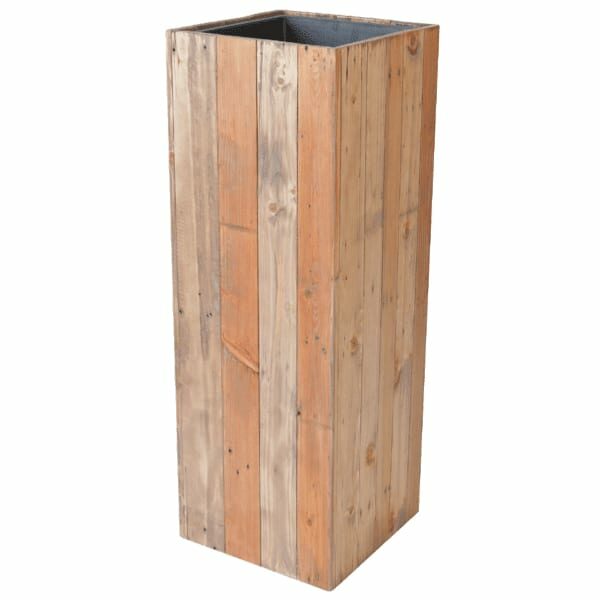Understanding the light requirements for plants is instrumental to maintaining their health. An overabundance of light will dry out a plant, burn its leaves and eventually kill it. Additionally, too much light will stunt plant growth and inhibit photosynthesis. On the flip side, too little light will do the same.
You may have questions about the light requirements for plants, and how to find a healthy balance for them. Thankfully, many plants come with information about the individual care they need. Even so, it is important to have general knowledge of the light requirements for plants. We created this blog to explain the different types of indoor lighting conditions and how to determine the best spot for a plant in your home.
Quick Links:
- Understanding Your Space
- Main Types of Natural Light Settings
- Dr. Meter: A Tool That Tests the Lighting in Your Indoor Space
- Additional Factors to Consider
- Summary
Understanding Your Space
One of the most important aspects of plant care when it comes to light requirements for plants is understanding your space. You should have an overall sense of which direction your windows are facing, as this is necessary for positioning your plants properly.
The amount of light that comes through a window in your home will depend on which direction the window faces and which hemisphere of the earth you are located in.
The Most Optimal Window Directions for Plants

The two most optimal directions for windows to be facing in the northern hemisphere are South and West. A south-facing window will get the most sunlight and is the most ideal location for your plant.
West-facing windows have shade in morning and direct sun in the afternoon. Afternoon sunlight is the strongest, so keep in mind that it could be a bit harsh for some plants.
In the southern hemisphere, north-facing windows get the most sunlight and are the ideal spot for indoor plants.
Main Types of Natural Light Settings
There are generally four different lighting conditions that people refer to regarding plant care. They are bright light with direct sun, bright indirect light, medium light, and low light. We will dive deeper into each one of these below.
Bright Light with Direct Sunlight

When we talk about bright light with direct sunlight, we basically mean unfiltered outdoor sunlight. Plants that require bright unfiltered light do extremely well outside in many cases. Cacti, for example thrive with constant, bright light, and dry soil.
The best location for a plant to get bright, direct sunlight in the Northern Hemisphere is a south-facing window. In the Southern Hemisphere, the best spot is a north-facing window.
The soil of plants in bright, direct light will dry out extremely fast, so consider the watering needs of those plants. Plants that need less water will do well in this type of environment.
Keep in mind the plants that thrive in this environment will have trouble being very close to windows once Winter comes along, as they are less likely to tolerate the cold draft.
Plants That Thrive in Full Sun or Direct Sunlight
Some plants that love full sun are Cacti, Figs, Birds of Paradise, Hibiscus, Asparagus Ferns, Crotons, and Succulents.

These plants are considered tropical plants, and tropical plants do very well in full sun or hot climates.
Bright, Indirect Light
Bright, indirect light is the preferable lighting for most plants.
To achieve bright, indirect light in the Northern Hemisphere, place your plant near an east-facing window. East-facing windows give off a few hours of sunlight in the morning, which is less intense and puts off less heat than afternoon sun does.
Plants That Thrive in Bright, Indirect Light
Plants that thrive in bright, indirect light are Anthuriums (aka Laceleaf), Alocasias, Money Trees, Monsteras, Orchids, Philodendrons, Succulents and Hibiscus.

Medium Light or Filtered Sunlight
Medium light is accomplished when a plant is positioned slight away from a window. The optimal distance your plant should be placed is five feet away from a south or west facing window.
A trick to achieve medium light is to use sheer curtains to block out some of the sunlight coming in through the window. There are also light filtering shades and window films that can help you accomplish this, too.
Plants That Thrive in Medium Light
A few examples of plants that thrive in medium light are Ferns, Peace Lilies, Spider Plants, Calatheas (Prayer Plants) and Kentia Palms.

Low Light
Areas that would be considered ‘low light’ are interior walls and north windows. It is important to note that low light plants tolerate low light but would experience more growth in medium light. No plant will flourish in an extremely dark place. They all need some sort of light for photosynthesis.
Bear in mind that low light is even more common in Winter as there are minimal hours of sunlight.
Plants That Can Tolerate Low Light
A few plants that can tolerate low light are Peace Lilies, Pothos, Snake Plants, ZZ Plants, and Aspidistras.

Dr. Meter: A Tool That Tests the Lighting in Your Indoor Space
If you’re looking for a consistent tool that provides a definitive understanding of the light conditions in your space, then Dr. Meter is for you. This light meter works in a variety of spaces, for a large range of purposes. This tool is easy to use, accurate and cost-effective.
Additional Factors to Consider
When thinking about how much light your plant will get next to a particular window, make note of any trees nearby as they can cause shading during some parts of the day. Also, a smaller window may not get as much natural sunlight compared to a larger window.

Furthermore, the season you are in will dictate how much natural light your plants get, because the angle of the sun changes with the seasons. In the northern hemisphere, the sun is lower in the winter, but the days are shorter. In the summer, the sun is higher, more intense, and lasts longer
Summary
To reiterate, getting lighting conditions correct for plants can be tricky but follow these simple steps:
- Identify the lighting conditions of each of your windows
- Bright Direct – South Facing in Northern Hemisphere, North Facing in Southern Hemisphere
- Bright Indirect – East Facing
- Medium Light – a few feet away from Western Window
- Low Light – interior walls
- Pick an appropriate plant based on its lighting needs
- When in doubt: use a light meter
We hope this blog helped you understand the light requirements for plants. Remember, it is important to consider each plant’s whole environment and each factor that plays a part in it.
Check out our blog, “How to Keep Indoor Plants Alive: Janet’s Guide” for a back to basics walk through of plant care from choosing the right sized plant container to understanding how much water your plant needs.






